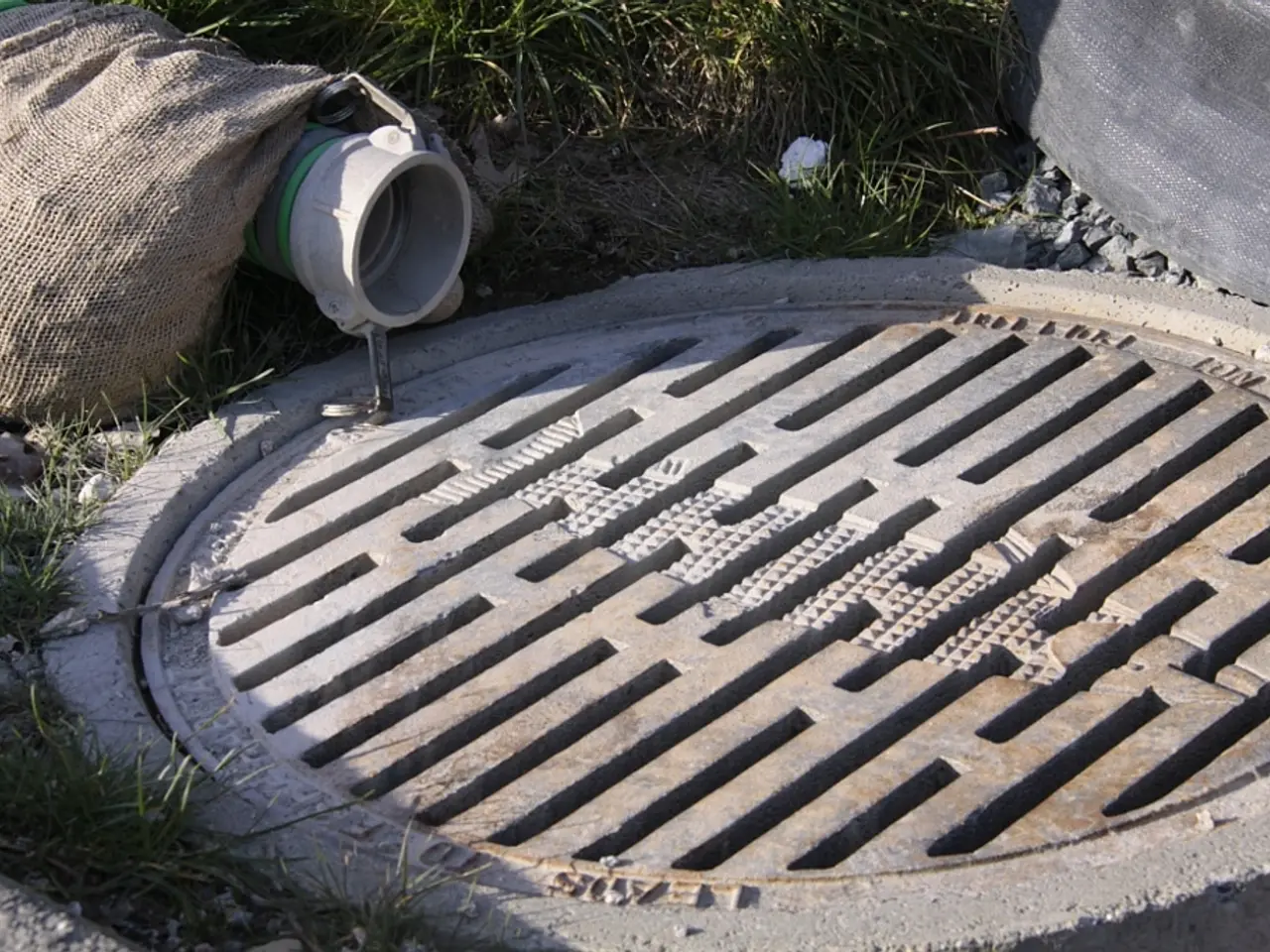Trade Policies Merging with Environmental Initiatives: The Evolution of Eco-Conscious Trade Regulations
The Carbon Border Adjustment Mechanism (CBAM), a policy tool designed by the European Union, is currently in a transitional phase (2023-2025) and is set to enter its definitive regime on January 1, 2026. This mechanism aims to put a fair price on the carbon emissions embedded in imported carbon-intensive goods, preventing carbon leakage and encouraging cleaner industrial production globally.
Key developments as of mid-2025 include the authorization process for CBAM declarants (importers and indirect customs representatives), enabling them to apply for authorized status starting early 2025 to facilitate compliance from 2026. The European Commission has also reached a provisional political agreement to simplify and strengthen CBAM regulations, expected to be formally endorsed and enter into force shortly after September 2025. These changes aim to expand the mechanism's scope, introduce anti-circumvention measures, and include the electricity sector under CBAM’s purview.
A proposed amendment to mitigate carbon leakage risks for EU producers is expected by the end of 2025, ensuring equal treatment of domestic, imported, and exported goods under carbon cost rules. This will complement CBAM and the revised EU Emissions Trading System (ETS) to sustain a level playing field. The proposed amendments could significantly reduce the number of CBAM declarants by focusing only on importers with large volumes (over 50 tonnes per year), potentially decreasing administrative burdens by about 91%.
CBAM represents one of the world's most ambitious carbon regulatory mechanisms, affecting global supply chains by essentially pricing embedded carbon in imports to the EU market. It creates incentives for producers outside the EU to reduce emissions or face additional costs entering the EU market, potentially driving broader adoption of cleaner technologies. However, it may lead to trade tensions, especially with countries seeing it as a trade barrier or extraterritorial regulation. The EU addresses this by working to align CBAM with World Trade Organization rules and offering consultations with trading partners.
The progressive roll-out and planned simplifications aim to balance environmental goals with business competitiveness and investment certainty in the industrial sector. Climate policy could become a tool of economic exclusion, reducing market access and straining diplomatic relations. International cooperation is essential to prevent a fragmented trade system where environmental goals clash with global development needs. Differences in climate ambition are creating friction in global trade, with developed economies pushing for greener supply chains and developing countries arguing that such requirements are burdensome.
In summary, CBAM is transitioning from pilot to full implementation with increasing regulatory clarity and expanded scope, poised to materially influence global trade flows by embedding climate costs into imported goods, thus accelerating global industrial decarbonization efforts while managing trade impacts. The path forward lies in building a global trade framework that supports both environmental sustainability and economic fairness.
- Trade tensions may arise due to the European Union's Carbon Border Adjustment Mechanism (CBAM), as some countries view it as a trade barrier or extraterritorial regulation.
- The CBAM is expected to significantly influence global supply chains by pricing embedded carbon in imports to the EU market, incentivizing producers to reduce emissions or face additional costs.
- Environmental science plays a crucial role in the CBAM process, as it helps to assess the carbon emissions embedded in imported goods and ensure a fair price is applied.
- The CBAM, along with the revised EU Emissions Trading System (ETS), aims to create a level playing field by ensuring equal treatment of domestic, imported, and exported goods under carbon cost rules.
- Finance and business leaders must navigate the political landscape surrounding the CBAM, as policies intended for environmental sustainability could impact investment certainty and trade relationships globally.




